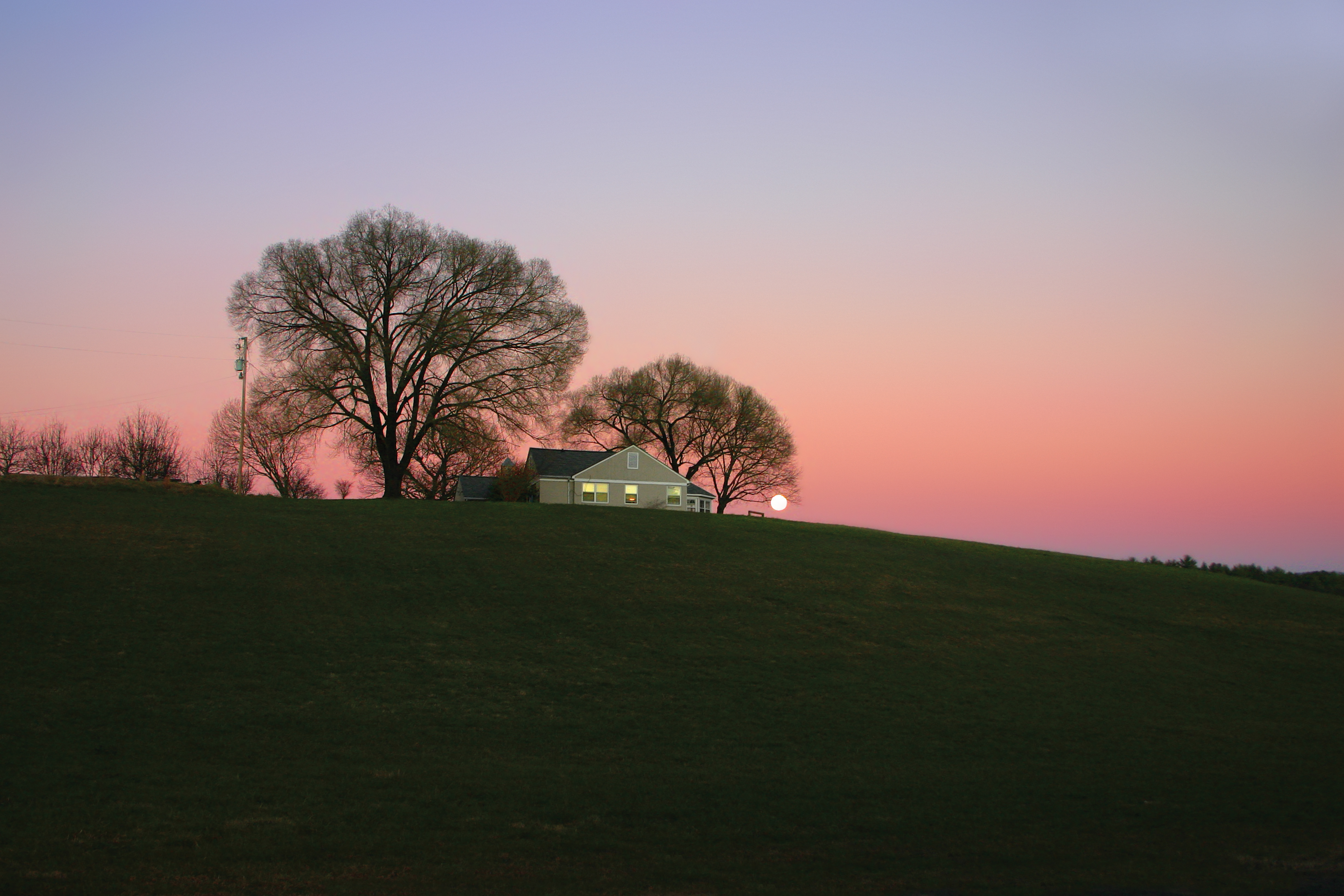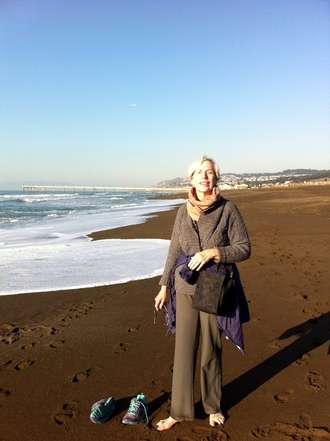10 Jan Simple Modern Handwriting & Bookmaking with Michael W. Hughey
[vc_row css_animation="" row_type="row" use_row_as_full_screen_section="no" type="full_width"...

[vc_row css_animation="" row_type="row" use_row_as_full_screen_section="no" type="full_width"...
[vc_row css_animation="" row_type="row" use_row_as_full_screen_section="no" type="full_width"...
[vc_row css_animation="" row_type="row" use_row_as_full_screen_section="no" type="full_width"...
[vc_row css_animation="" row_type="row" use_row_as_full_screen_section="no" type="full_width"...
[vc_row css_animation="" row_type="row" use_row_as_full_screen_section="no" type="full_width"...
If you love the Folk...
When you take a Folk...
 It is Thursday afternoon. Outside the writing studio window, the day is bathed in sunlight, the limb patterns on the grass motionless. Inside the studio, writers are at work with pen or laptop, or staring out the window, or sitting chin in hand. Chairs squeak, the printer clacks, the clock ticks. Small sounds that only accentuate the silence. The writing group is focused, which is different from a focus group . . . or maybe it isn’t.
I wondered, on Sunday before I arrived, who these people in the class would be, what they would be seeking, what they would be bringing. On Monday, as we tiptoed toward one another, I began to find out. Talking and listening, deciding what to offer up from our own personal stories, we began to trust. This is what I expected.
In the afternoon, we scattered across the campus, each of us to a different studio. The instructor had told us, “Write about what you are seeing, hearing, feeling there.” I heard only birdsong as I walked outside; all the other students were sequestered in class.
Rounding the mulched curve to the Woodworking Studio, I saw steam. The porch was steaming. I asked the man tending the steam if I’d found the banjo-making class. “You have,” he said. “I’m one of the instructors and I’m about to begin a steam-bending demo. Feel free to go inside and look around.” Noise! The moment I opened the studio door I was met with a wall of noise. Not from banjos playing, but machinery noise. What I saw was clusters of students working so intently that they didn’t even notice my presence. I expected to be questioned; instead, I was invisible.
It is Thursday afternoon. Outside the writing studio window, the day is bathed in sunlight, the limb patterns on the grass motionless. Inside the studio, writers are at work with pen or laptop, or staring out the window, or sitting chin in hand. Chairs squeak, the printer clacks, the clock ticks. Small sounds that only accentuate the silence. The writing group is focused, which is different from a focus group . . . or maybe it isn’t.
I wondered, on Sunday before I arrived, who these people in the class would be, what they would be seeking, what they would be bringing. On Monday, as we tiptoed toward one another, I began to find out. Talking and listening, deciding what to offer up from our own personal stories, we began to trust. This is what I expected.
In the afternoon, we scattered across the campus, each of us to a different studio. The instructor had told us, “Write about what you are seeing, hearing, feeling there.” I heard only birdsong as I walked outside; all the other students were sequestered in class.
Rounding the mulched curve to the Woodworking Studio, I saw steam. The porch was steaming. I asked the man tending the steam if I’d found the banjo-making class. “You have,” he said. “I’m one of the instructors and I’m about to begin a steam-bending demo. Feel free to go inside and look around.” Noise! The moment I opened the studio door I was met with a wall of noise. Not from banjos playing, but machinery noise. What I saw was clusters of students working so intently that they didn’t even notice my presence. I expected to be questioned; instead, I was invisible.
Donna Glee Williams, is a...
 Valerie dips her feet in the sand at Pacifica, CA - always close to water.[/caption]
Valerie dips her feet in the sand at Pacifica, CA - always close to water.[/caption]
Acclaimed North Carolina writer Valerie Nieman will be teaching The Breath of Life: Discovering and Depicting Characters at the Folk School, July 5-10, 2015. This month brings the release of her second poetry collection, "Hotel Worthy."
CP: How long have you taught at the Folk School?
VN: Hard question! I don’t have a great memory for dates. Several years ago, anyway. I began by teaching weekend character development classes and then graduated to a week-long fiction session in 2013. In 2014, I taught a weekend workshop and then spent a week taking a woodworking class – my first taste of being a student at John C. Campbell. What fun! I produced two lovely occasional tables, though I had never before worked with any power tools beyond a drill. The Folk School method definitely works.
CP: What is your favorite Folk School memory?
VN: Can I offer a quilt?
The magnificent elm tree in front of the Orchard House. Cracking thunderstorms. The Whipstitch Sisters rocking the house. The coal-smoke smell from the Blacksmith Shop. “Simple Gifts” sung by a chorus of hungry workers. Purple martins. River cane whispering near the stream. Morning Song. Smiles – always smiles! Enticing smells of Indian cooking emanating from the Cooking Studio. Cohosh berries – “doll’s eyes” – beside the path. Learning to contra dance. Bees working the gardens. Creaking floors at the Keith House. The dinner bell. Mist on the fields. The sound of hammered dulcimers. Wild blackberries!


